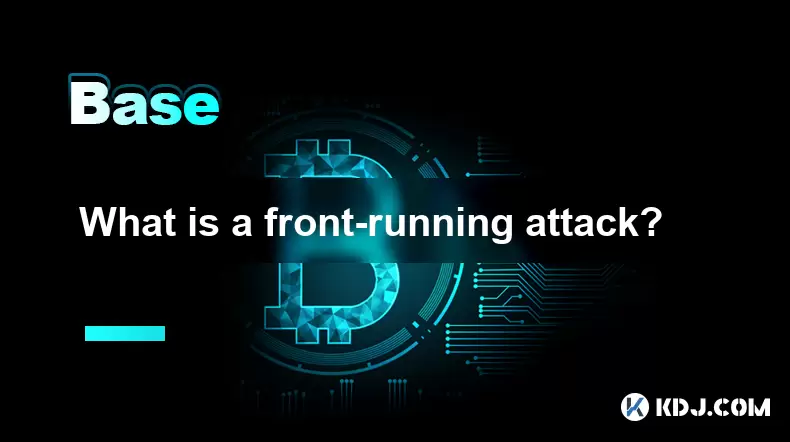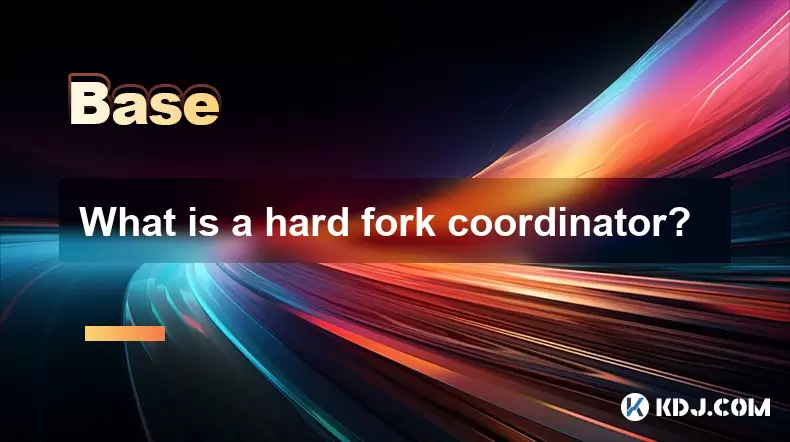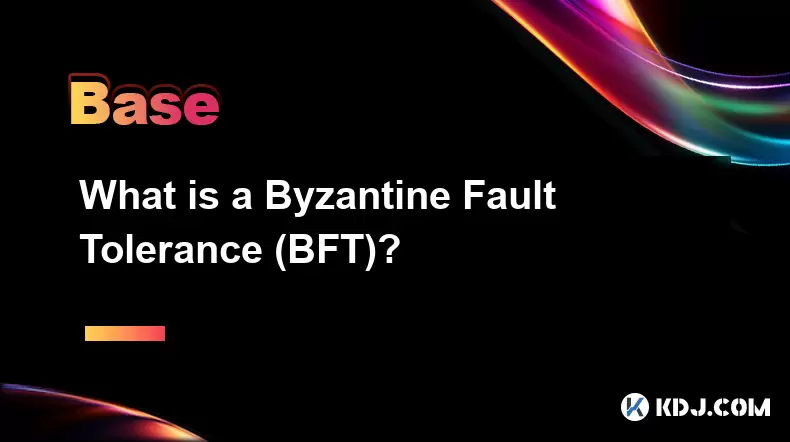-
 Bitcoin
Bitcoin $109,459.7682
2.44% -
 Ethereum
Ethereum $2,598.6052
6.29% -
 Tether USDt
Tether USDt $1.0003
0.00% -
 XRP
XRP $2.2734
3.95% -
 BNB
BNB $661.4886
1.58% -
 Solana
Solana $155.4825
4.35% -
 USDC
USDC $0.9999
-0.02% -
 TRON
TRON $0.2838
1.04% -
 Dogecoin
Dogecoin $0.1740
8.25% -
 Cardano
Cardano $0.6047
9.04% -
 Hyperliquid
Hyperliquid $40.2302
6.50% -
 Sui
Sui $2.9863
10.05% -
 Bitcoin Cash
Bitcoin Cash $509.5786
0.60% -
 Chainlink
Chainlink $13.8156
6.03% -
 UNUS SED LEO
UNUS SED LEO $9.0142
0.69% -
 Avalanche
Avalanche $19.0337
8.68% -
 Stellar
Stellar $0.2438
5.17% -
 Toncoin
Toncoin $2.9012
3.59% -
 Shiba Inu
Shiba Inu $0.0...01210
6.20% -
 Litecoin
Litecoin $90.0882
7.05% -
 Hedera
Hedera $0.1597
8.53% -
 Monero
Monero $326.3340
2.88% -
 Polkadot
Polkadot $3.6365
9.32% -
 Bitget Token
Bitget Token $4.6162
2.72% -
 Dai
Dai $1.0001
0.00% -
 Ethena USDe
Ethena USDe $1.0002
-0.01% -
 Uniswap
Uniswap $7.6403
10.47% -
 Pepe
Pepe $0.0...01060
12.03% -
 Aave
Aave $281.3664
7.56% -
 Pi
Pi $0.4992
1.76%
What is a front-running attack?
Front-running in crypto exploits blockchain transparency, allowing attackers to profit by executing trades ahead of pending transactions observed in the mempool.
Jul 03, 2025 at 07:36 am

Understanding Front-Running in the Cryptocurrency Ecosystem
In the decentralized and fast-paced world of cryptocurrency, front-running is a controversial practice that exploits transaction transparency to gain unfair advantages. Unlike traditional finance, where such practices are often executed by insiders with access to non-public data, crypto front-running leverages the public nature of blockchain transactions. This allows malicious actors or automated bots to observe pending transactions and execute similar trades ahead of them.
Front-running typically occurs when a trader places an order that becomes visible in the mempool—a temporary holding area for unconfirmed transactions—before it gets processed. Observers can see the details of this transaction and place their own orders ahead of it, profiting from the expected price movement.
The Mechanics Behind a Front-Running Attack
To understand how a front-running attack works, it's essential to grasp the structure of blockchain transactions. When a user submits a transaction, it enters the mempool before being picked up by a miner or validator. During this time, anyone can view the contents of the transaction, including the amount, destination address, and the token involved.
Here’s how a typical scenario unfolds:
- A trader initiates a large buy order for a specific token on a decentralized exchange (DEX).
- This transaction sits in the mempool, waiting to be confirmed.
- Bots or attackers detect this transaction and recognize that once it executes, the token price will likely increase.
- They quickly submit a similar buy order with a higher gas fee to ensure faster execution.
- Once their transaction is confirmed first, they benefit from the price change caused by the original trade.
This mechanism enables the attacker to profit at the expense of the original trader, who ends up buying at a slightly higher price due to the manipulated order execution sequence.
Different Forms of Front-Running Attacks
Not all front-running attacks are the same. They come in various forms depending on the platform and the tools used:
- Simple Front-Running: Involves observing a transaction and placing a similar one ahead using higher gas fees.
- Sandwich Attack: A more advanced form where the attacker places two transactions—one before and one after the target transaction—to maximize profits.
- Bot-Based Front-Running: Automated bots scan the mempool continuously, executing profitable trades within milliseconds of detecting opportunities.
Each variant exploits the openness of the blockchain and the delay between transaction submission and confirmation. These tactics are particularly common on DEXs like Uniswap, SushiSwap, and PancakeSwap, where users interact directly with smart contracts without intermediaries.
How Smart Contracts Enable Front-Running Opportunities
Smart contracts play a central role in facilitating front-running attacks. Because contract interactions are transparent and deterministic, any function call made by a user can be analyzed by others. For example, if a contract triggers a significant token swap upon receiving a transaction, bots can anticipate this action and act accordingly.
Consider a liquidity provider intending to add funds to a pool:
- They send a transaction to a DeFi protocol contract.
- Before the transaction is mined, bots analyze its impact on future liquidity ratios.
- They then execute their own trades based on this analysis, effectively gaming the system.
Developers must carefully design smart contracts to mitigate such risks, often by introducing randomness, batch processing, or private transaction channels.
Protecting Against Front-Running in Crypto Transactions
Preventing front-running entirely is difficult due to the inherent transparency of public blockchains. However, several strategies can help reduce exposure to such attacks:
- Use Flashbots: Tools like Flashbots allow users to send transactions privately to miners, bypassing the public mempool.
- Increase Gas Fees Strategically: While not foolproof, setting competitive gas prices can reduce the window of opportunity for attackers.
- Utilize Off-Chain Solutions: Layer 2 protocols and private relays can obscure transaction details until they’re confirmed.
- Implement Transaction Batching: Grouping multiple actions into a single transaction reduces the number of observable events available for exploitation.
Users should also consider using decentralized applications (dApps) that incorporate anti-front-running mechanisms or use zero-knowledge proofs to hide transaction content until execution.
Frequently Asked Questions About Front-Running Attacks
Q: Can front-running occur on centralized exchanges?
While less common, front-running can still happen on centralized platforms through insider manipulation or algorithmic trading strategies. However, these systems often have stricter regulations and surveillance measures compared to decentralized environments.
Q: How do I know if I’ve been front-run?
Detecting front-running requires analyzing transaction patterns and price slippage. If you notice consistent discrepancies between your expected and actual trade outcomes, especially on DEXs, you may be a victim of front-running.
Q: Are all front-running activities illegal or unethical?
Legality varies by jurisdiction. In traditional markets, front-running is generally prohibited. In crypto, while ethically questionable, it exists in a legal gray area due to the open nature of blockchain networks and lack of centralized oversight.
Q: What role do miners play in front-running attacks?
Miners have the power to prioritize which transactions get included in a block. Some collude with bots or engage in direct front-running by inserting their own transactions ahead of others, especially when offered higher gas fees.
Disclaimer:info@kdj.com
The information provided is not trading advice. kdj.com does not assume any responsibility for any investments made based on the information provided in this article. Cryptocurrencies are highly volatile and it is highly recommended that you invest with caution after thorough research!
If you believe that the content used on this website infringes your copyright, please contact us immediately (info@kdj.com) and we will delete it promptly.
- Altcoin Alert: Binance Listings and the Wild West of Crypto
- 2025-07-03 14:30:11
- Decentralized Stablecoins in 2025: Challenging Centralized Counterparts?
- 2025-07-03 14:30:11
- Meme Coin Mania: Is BTC Bull the Next Big Thing in a Limited Time BTC Bull Run?
- 2025-07-03 12:30:11
- Bitcoin Soars to $109,000: What's Fueling the Crypto Rally?
- 2025-07-03 10:30:13
- Hong Kong: Racing to Be the World's Tokenization Hub
- 2025-07-03 14:50:11
- Splatterhouse Rocks Retro Scene: A UK Magazine Deep Dive
- 2025-07-03 12:30:11
Related knowledge

What is open interest in derivatives?
Jul 03,2025 at 02:49pm
Understanding Open Interest in DerivativesOpen interest is a critical metric used in the cryptocurrency derivatives market, particularly when analyzing futures and options contracts. It represents the total number of outstanding contracts that have not been settled or closed by either party involved. Unlike trading volume, which counts all trades made i...

What is a liquidation cascade?
Jul 03,2025 at 07:15am
Understanding the Concept of LiquidationIn the realm of cryptocurrency trading, liquidation refers to the process by which a trader's position is automatically closed due to insufficient funds to maintain the leveraged trade. This typically occurs when the market moves against the trader's position and their account equity falls below the required maint...

What is a hard fork coordinator?
Jul 03,2025 at 12:42pm
Understanding the Role of a Hard Fork CoordinatorIn the world of blockchain and cryptocurrencies, a hard fork coordinator plays a critical role during major network upgrades. A hard fork is a significant change to a blockchain’s protocol that makes previously invalid blocks or transactions valid (or vice versa). This type of upgrade requires all nodes o...

What is a Byzantine Fault Tolerance (BFT)?
Jul 03,2025 at 11:49am
Understanding the Concept of Byzantine Fault ToleranceByzantine Fault Tolerance (BFT) is a critical concept in distributed systems, particularly within the realm of blockchain technology and cryptocurrencies. It refers to the ability of a system to continue functioning correctly even when some components fail or behave maliciously. The term originates f...

What is a subDAO?
Jul 03,2025 at 09:36am
Understanding the Concept of SubDAOA SubDAO, short for Sub-Decentralized Autonomous Organization, is a specialized entity that operates under the umbrella of a larger DAO (Decentralized Autonomous Organization). It functions with its own set of rules, governance mechanisms, and tokenomics while remaining aligned with the overarching goals of the parent ...

What is the Travel Rule in crypto?
Jul 03,2025 at 10:28am
Understanding the Travel Rule in CryptocurrencyThe Travel Rule is a regulatory requirement initially introduced by the Financial Action Task Force (FATF) for traditional financial institutions. It has since been extended to cryptocurrency transactions, especially those involving Virtual Asset Service Providers (VASPs). The core purpose of this rule is t...

What is open interest in derivatives?
Jul 03,2025 at 02:49pm
Understanding Open Interest in DerivativesOpen interest is a critical metric used in the cryptocurrency derivatives market, particularly when analyzing futures and options contracts. It represents the total number of outstanding contracts that have not been settled or closed by either party involved. Unlike trading volume, which counts all trades made i...

What is a liquidation cascade?
Jul 03,2025 at 07:15am
Understanding the Concept of LiquidationIn the realm of cryptocurrency trading, liquidation refers to the process by which a trader's position is automatically closed due to insufficient funds to maintain the leveraged trade. This typically occurs when the market moves against the trader's position and their account equity falls below the required maint...

What is a hard fork coordinator?
Jul 03,2025 at 12:42pm
Understanding the Role of a Hard Fork CoordinatorIn the world of blockchain and cryptocurrencies, a hard fork coordinator plays a critical role during major network upgrades. A hard fork is a significant change to a blockchain’s protocol that makes previously invalid blocks or transactions valid (or vice versa). This type of upgrade requires all nodes o...

What is a Byzantine Fault Tolerance (BFT)?
Jul 03,2025 at 11:49am
Understanding the Concept of Byzantine Fault ToleranceByzantine Fault Tolerance (BFT) is a critical concept in distributed systems, particularly within the realm of blockchain technology and cryptocurrencies. It refers to the ability of a system to continue functioning correctly even when some components fail or behave maliciously. The term originates f...

What is a subDAO?
Jul 03,2025 at 09:36am
Understanding the Concept of SubDAOA SubDAO, short for Sub-Decentralized Autonomous Organization, is a specialized entity that operates under the umbrella of a larger DAO (Decentralized Autonomous Organization). It functions with its own set of rules, governance mechanisms, and tokenomics while remaining aligned with the overarching goals of the parent ...

What is the Travel Rule in crypto?
Jul 03,2025 at 10:28am
Understanding the Travel Rule in CryptocurrencyThe Travel Rule is a regulatory requirement initially introduced by the Financial Action Task Force (FATF) for traditional financial institutions. It has since been extended to cryptocurrency transactions, especially those involving Virtual Asset Service Providers (VASPs). The core purpose of this rule is t...
See all articles

























































































